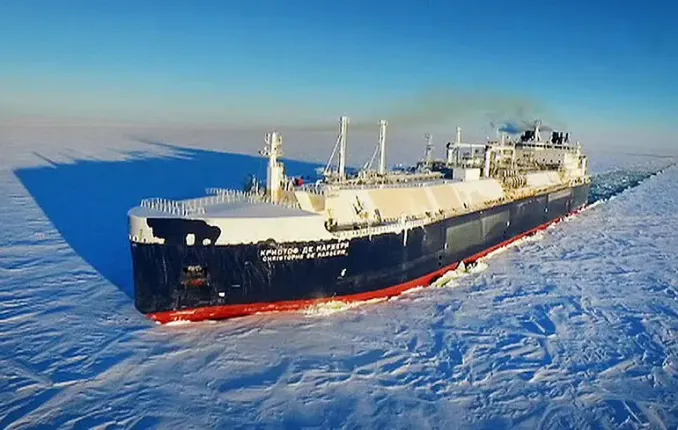Russia ramps up clandestine LNG exports amid sanctions and declining pipeline supplies

In response to the escalating economic and political pressures resulting from Western sanctions, Russia is turning to new strategies to sustain and boost its liquefied natural gas (LNG) exports. Central to these efforts is the use of a so-called shadow fleet—an array of vessels prepared to ship LNG from the Arctic LNG 2 facility, which had previously been blocked due to U.S. sanctions. This marks the first time in months that a gas carrier has berthed at the Arctic LNG 2 terminal, signaling possible attempts to resume operations and lessen the impact of sanctions. According to industry analysts, Russia possesses sufficient resources and capacity to significantly increase LNG exports by utilizing informal shipping routes and concealing the true ownership of vessels through changes in operating companies. The Arctic LNG 2 project, once considered a key component of Moscow’s goal to triple LNG exports by 2030, has been largely inactive since October 2024 due to a lack of buyers willing to risk Western sanctions. The eight consignments shipped between August and October remain in Russian floating storage, awaiting potential buyers. Currently, Russia is intensifying the use of its shadow fleet—at least 13 ships, including ice-class tankers, are primed for shipments from Arctic LNG 2. Some of these vessels have changed operators to hide ownership details, while others are undergoing repairs in China or situated in the Barents Sea and the Russian Far East. This approach is part of a strategy to circumvent U.S. sanctions, which have targeted vessels and companies associated with Arctic LNG 2, though the Biden administration’s stance remains unclear. Traders report that Russian representatives actively sought buyers in China and India, but it remains uncertain whether proper contracts have been finalized. Major hurdles include transportation logistics and finding clients willing to sidestep sanctions. Notably, tanker Iris, currently at Arctic LNG 2, can traverse the Northern Sea Route during summer months and is likely headed towards Asia. However, demand in China has fallen for the eighth consecutive month, with over a million cubic meters of LNG loaded last year still unsold. Satellite images indicate active flaring at Arctic LNG 2, which suggests operational activity. If exports do not pick up, storage facilities will fill rapidly, risking production shutdowns once again. In the U.S., Democrats continue to push for increased pressure on Russia’s energy sector, while Europe has announced plans to phase out Russian gas imports altogether. This makes further sanctions against Novatek, Russia’s major LNG producer, strategically significant. According to reports, the largest LNG buyers in the EU—France and Belgium—are hesitant to fully support Brussels’ proposed ban on Russian gas imports, citing the need for more assurance regarding economic and legal implications before making a decision. Meanwhile, countries like Spain and the Netherlands are prepared to back legislation ending long-term Russian gas contracts, by banning short-term imports this year and long-term deals up to 2027, thus reducing energy dependency on Russia.

